|
There’s so many critters here in the Florida Keys, I’ve been able to write about a different variety each month. So far I’ve covered those who are feathered, furry, or scaly, from a spectrum of soft bodied insects to mammals, amphibians to birds, with some that slither, run, scurry or crawl and others that sail freely on the wind. It’s been educational and enjoyable, photographing and researching each subject. Up till now… my current subject spiders creeps me out. I am not really afraid of them, but I don’t like looking at them either. There’s probably some good reason why at Halloween a lot of decorations depict spiders. Arachnophobia!! When I was five years old, sleepovers at my friend Jennifer’s house were fun, and spiders were part of the excitement. The rarely used room where we slept had pecky cypress wood covering the walls and ceiling. and brown spiders the size of silver dollars hung from webs in the dark, dusty corners. (I guess the spiders were what the monsters ate when they came out from underneath the beds.) Researchers believe we are not born with the fear of spiders, but instead are taught this behavior. Children are curious about spiders, and will capture them and watch how their tiny bodies move via their eight long legs until a parent/teacher intervenes, with the message of “be careful, they bite.“ All spiders bite, however only two of them in Florida will provoke a strong reaction in humans: the Southern Black Widow spider (Latrodectus mactans) and the Brown Recluse spider (Heteropoda venatoria). According to the Florida Poison Information Center at Jackson Memorial Hospital in Miami (1-800-222-1222) if bitten by a Black Widow you will likely experience severe stomach pain, and you should go to the emergency room immediately. The Black Widow received its name from the belief the female spider would kill and consume the male after mating. The Brown Recluse spider is typically found in Central and Southern Missouri… not here. The only documented case in Florida of a Brown Recluse spider bite involved a sailor who was bitten on the hand by a male Brown Recluse in the cargo hold of a naval ship in Jacksonville. The Brown Recluse spider bite causes pain, blistering and frequently necrotic lesions in humans. They are often blamed for mystery bites, wounds and bacterial infections that require treatment with antibiotics— a misdiagnosis by the public and doctors who are not trained in spider identification, nor have seen the spider inflict the bite. There are more than 250 species of spiders in Florida. Around the house, spiders are beneficial insects who consume flying insects, cockroaches and other small domestic pests. In the wild spiders spend their days hiding in leaf litter, and under debris, and emerge at night to hunt. They also spin elaborate webs in clearings to catch flying insects who cannot see the webs until they are ensnarled. Once in their web, the spider bites it’s victim and a small amount of venom is used to immobilize the insect, then dissolve it into a “smoothie” for the spider to ingest as they cannot eat solid food. A spider may bite a human if held or pinched; the bite may hurt for a while but quickly goes away and is much less severe than a bee sting. I have a general rule when walking in the woods: always go with someone else, and let them lead the way. This is because my attention is usually behind the camera lens and I have a bad habit of walking into spider webs. The two methods people use to avoid walking into spider webs are (1) Carry a long stick to brush away webs in the path, (2) Avoid disturbing the web by walking around it. The second method respects the spider’s efforts making a web which is light, elastic and stronger than steel, and is how the spider, who may have poor eyesight, senses vibrations from their prey, as the web acts as an extension of their sensory system. Most spiders have eight eyes and eight legs. and come in a multitude of colors and can be patterned. Some have tiny hairs on their legs that can sense electric charges around plants or the movement of air emitted from a flying insect’s wings. Not all spiders spin webs, and those that don’t, rely on their better eyesight to capture prey.
Pest control is a choice, and my preferred method is preventing a bite by wearing gloves while working where spiders may be found, and shaking out shoes that haven’t been worn recently before putting them on. You can deter spiders by turning off outside lights at night, so not to attract flying insects, a spider’s preferred food. Realize that proper identification of the spider is the first step, and if the spider is beneficial, let it be.
0 Comments
Although I espouse the principles of planting for wildlife, I always seem surprised when it actually works. Wildlife need food, water, cover and a place to raise their young in order to live. Though there’s little in this world I can control, there’s an opportunity to make a difference when we plant for wildlife. Though sometimes I may put a handful of sunflower seeds on the “seed table” for the resident cardinals or blue jays, I don’t feed the critters. I do make sure my planting choices and practices are compatible with the needs of our native creatures. The best thing you can do to attract wildlife is plant native plants and they will come. Critters can be pretty sneaky. Case in point: the gardener picked a ripe avocado and put it beside his lunchbox only to return to find it had disappeared. Hmmm? He assumed I had picked it up. I had not. A short while later we opened a storage box and there was movement and I screamed (of course), as I’ve never become accustomed to actually seeing wildlife in my yard, and an enormous possum crawled out. It must’ve weighed 15 pounds! It had been the culprit that stole the avocado, and by the looks of things may have consumed many more. The possum just lumbered off when it saw us. My thought is there’s enough here for both of us, and I don’t mind sharing some fruit or produce from my garden. One morning in January while surveying the yard, looking for ripe fruit or vegetables, and clearing up any rotting fruit on the ground, I came across what appeared to be a dead possum. It was intact, no appearance of foul play, although I am aware that some homeowners put out bait to kill the rats, so perhaps this critter was an unfortunate secondary victim, since their diet consists of mice and rats… perhaps it ate a poisoned rat. Opossums are nature’s “Sanitation Engineers”. They also eat insects including cockroaches, crickets and beetles, and snails, as well as dead meat. I picked it up, placed it in a grocery bag, and put it in the trashcan. I didn’t think any more of it. That is until I told the story to a naturalist who asked me if I was sure it wasn’t “Playing Possum”… you know, acting dead to dissuade a predator. A possum will hiss, growl and flash a mouthful of 50 fierce-looking teeth in hopes of scaring a predator. If that doesn’t work they will play dead, since the predator is less interested in dead meat. The naturalist said it’s an involuntary comatose-like state induced by extreme fear, and somehow the opossum’s body knows when the danger has passed. They could not control it, but would “come to” again. Nature’s mystery! Putting it that way, I was not able to say I tested for temperature or life signs. It just looked dead. That made my husband Ted remark,”When I die will you make sure you get a second opinion? to make sure I am dead?” He is one of a not so small fraternity / sorority / “e-ternity” of people who have died (for Ted 8 minutes flat-line) and come back to life. People who have had this experience return with glowing stories of family reunions, or a sense of knowing about the glory of the afterlife.  “We discovered a large possum enjoying some scraps outside the front door the other night. We used to have one who came so regularly every evening you could set your watch by him. I do believe that nothing in nature is ugly; however, I must also admit that there are some things that aren't exactly beautiful, and the possum is one them! This particular one was quite tame and would be quite still to be stroked. His coat was as silky and soft as goose down which made him beautiful to touch. Perhaps we lay too much store in believing beauty to be a visual thing, whereas in fact it should involve all the senses.” (January 1980 - TORN (The Ocean Reef News) AN OPOSSUM RESCUE One lucky orphaned possum was adopted by my webmaster Brittney Novalsky, who named it “Paris”, and she raised it from the size of a tiny mouse until 3 years old. Brittney says Paris loved to cuddle, go on bike rides, and had a very special diet to keep her healthy. She drove an hour round trip to get her quail eggs. Though a possum’s life span is a short 3-4 years, Brittney says the experience of knowing love from an opossum was worth it.
The opossum is North America’s only marsupial. Infants stay inside the mother’s pouch to nurse and develop, but if the mother dies while still nursing, her offspring rarely survive. At 7 weeks old, the young leave the pouch but stick close to mom, still nursing and often riding atop her back. Never will I forget the words of Jean Geddes, full-time Keys resident, fisherman and naturalist, and one never afraid to speak her mind. whom I met in the early 80’s. She said her favorite time of year was when the White Crowned Pigeons arrive and at the same time, the winter “snowbirds” depart. It is the frenetic pace of the season with the “three activities a day crowd,” plus feedings, that keeps Keys service workers and professionals in our tourism economy busy, and longing for the calmer days of the off-season. All they have to do is endure “Spring Break.” For years I’d make note of the first White Crowned Pigeon (Patagioenas leucocephala) I’d see, usually in late March or April, after they’ve flown from Central and South America, across the Gulf of Mexico. When they stop here they need water and food. Figs are high on their list… all sorts of figs, which are full of nutrition for our feathered travelers. My home is surrounded by a majority of native plants, including a large Banyan Tree (Ficus benghalensis.) White Crowned Pigeons also favor gumbo-limbo, blolly, poisonwood, rough strongbark, and ironwood trees. This year, while sitting under the fig tree and waiting, I managed to photograph my first White Crowned Pigeon. It is a challenge is to maneuver into a good clear vantage point for viewing the birds, without alerting them to your presence. I found it particularly helpful to use my Nikon 180 - 600 mm lens and stand in the shadows so I could watch without being discovered. In just a few weeks benefiting from the tips about what to look for and where to stand, I was able to get close-up photos of various birds in my yard including a Palm Warbler (Setophaga palmarum), Common Yellowthroat (Geothlypis trichas), Painted Bunting (Passerina ciris), White-Crowned Pigeon (Patagioenas leucocephala), and Prairie Warbler (Setophaga discolor). After all I’ve learned about finding migrating birds in the outdoors, my most unusual bird sighting was inside the home of Gail and Spike. While working on a photo project we were distracted by the flapping of a bird trying to get out. From high above on the window ledge the bird looked out and repeatedly was repelled by the clear glass barrier keeping him in. It darted up to the curtain and clung onto the fabric, probably wondering where is my branch? Confused, hungry and thirsty, this bird needed out. We called Ocean Reef’s naturalist Jeanette, who was there instantly and within a couple minutes had netted the bird. Jeanette took him out into the sunshine among the trees and flowers and butterflies and released it and as the bird flew off, I recognized that bird as the one often seen flying in pairs in the late afternoon catching mosquitos. From my photos the bird was identified as a Chimney Swift (Chaetura pelagica), and sure enough it feeds primarily on flying insects and it mates for life. It also likes chimneys, but it is unclear if the bird entered the house through the chimney or an open door. It is helpful if you can identify the birds by learning their songs. The Merlin app which listens for birds can give a pretty accurate ID to aid in visual identification. Unfortunately the spring migration coincides with the departure of our snowbirds, who also have a loud call… caused by the rumble of their jet engines warming up on the nearby airport runway, which successfully drowns out any bird call. "Practical bird-protection means not only preventing the destruction of birds but creating conditions which shall make the world more habitable for them. Tree planting for birds should be given especial consideration on Arbor Days"
|
CAROL ELLIS
This photographic website provides me the opportunity for self-expression, for sharing Archives
May 2024
TAGS
All
|
© Copyright 2022. Carol Ellis Photography.
All Rights Reserved.



















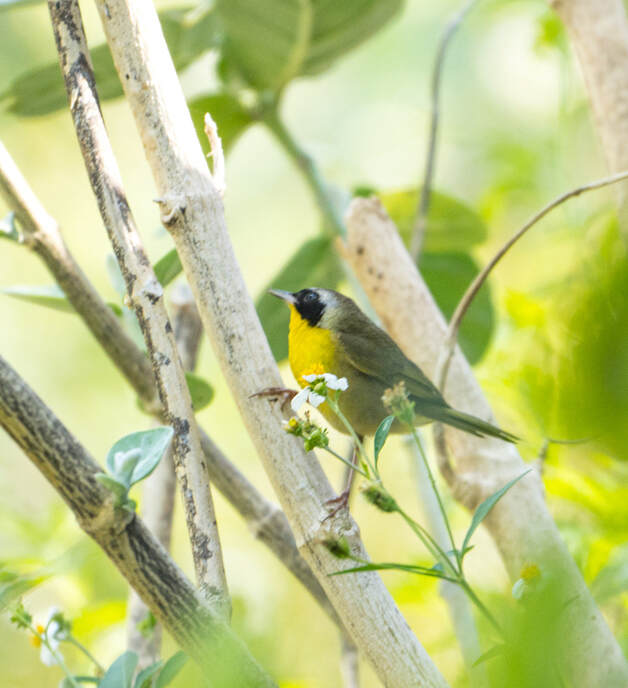
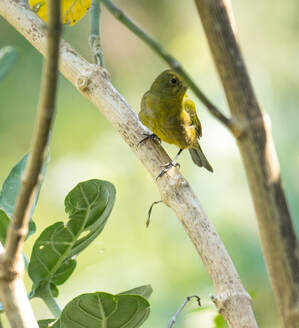
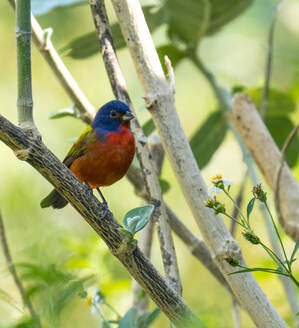
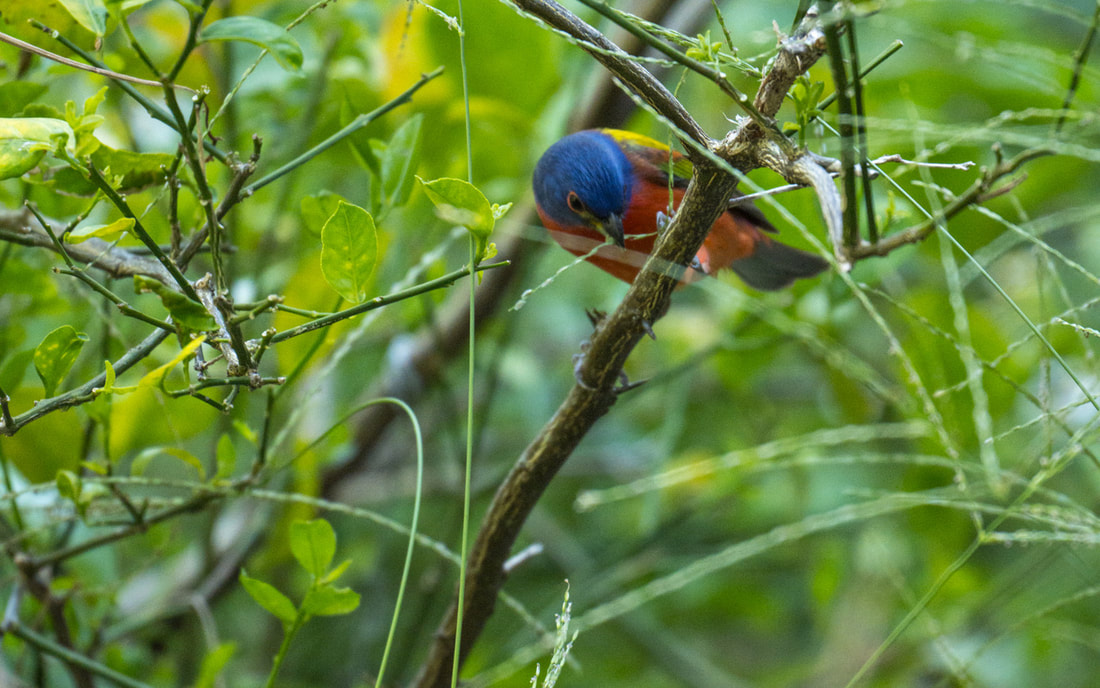
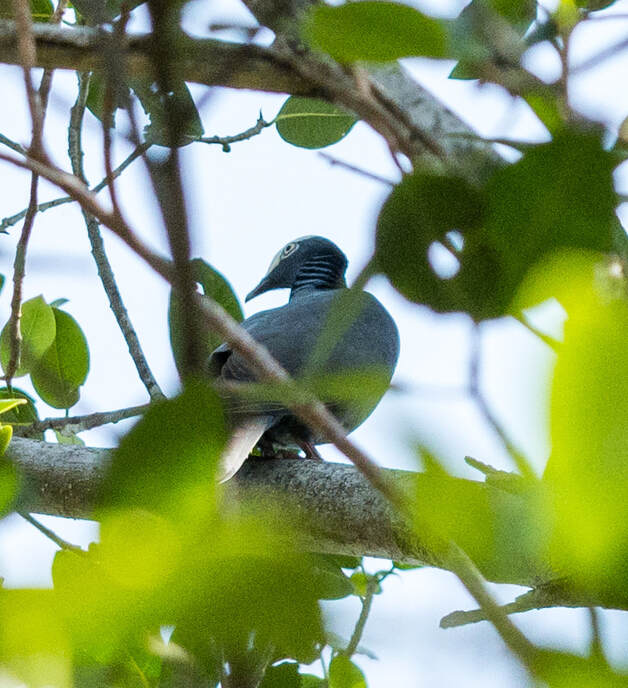
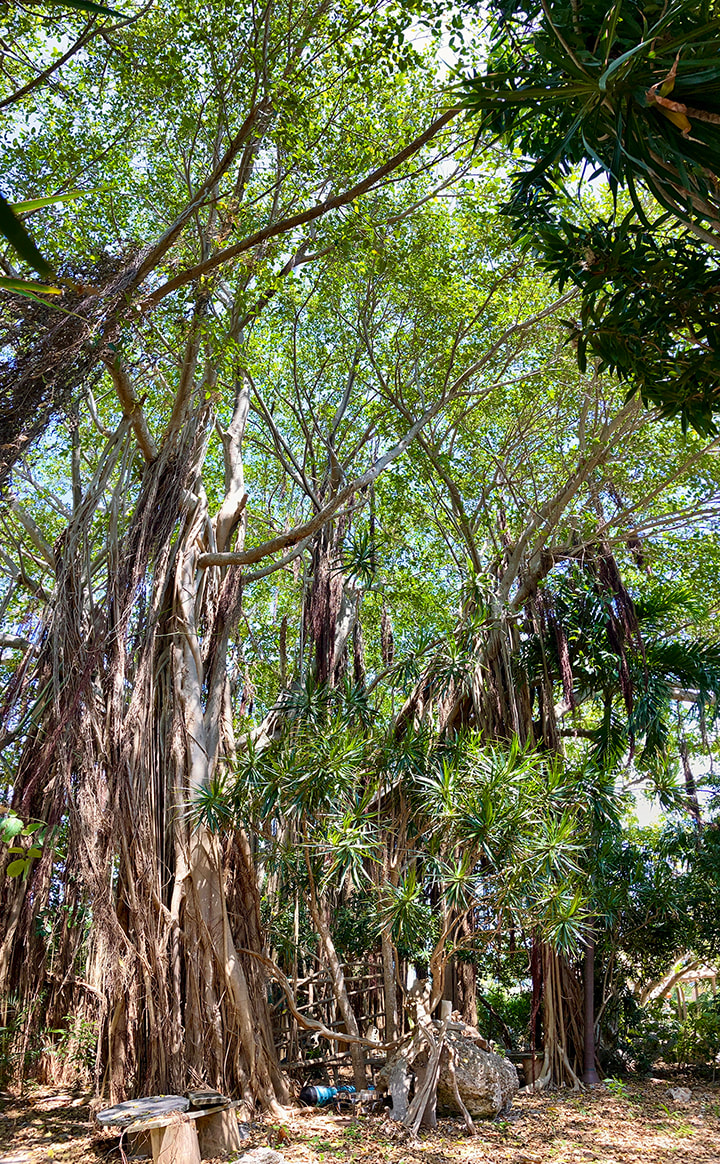

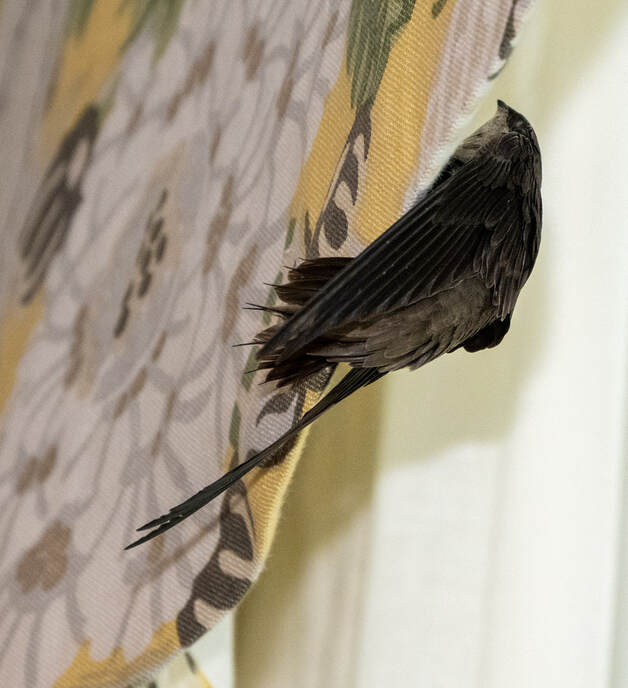
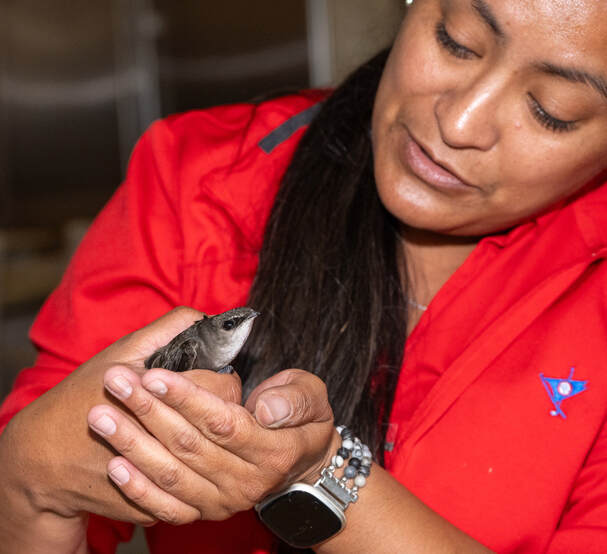
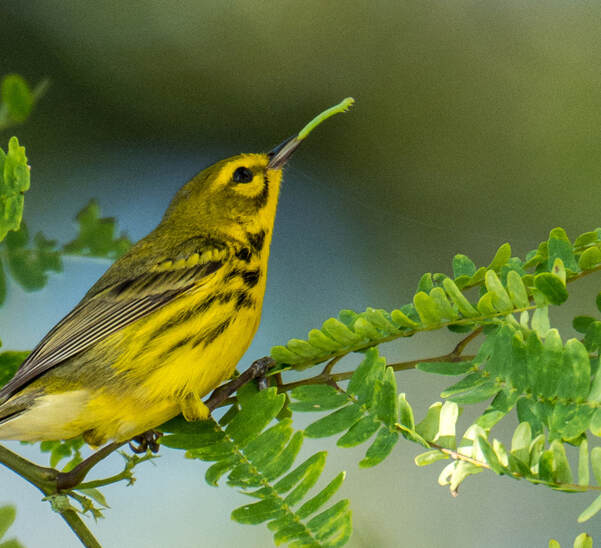
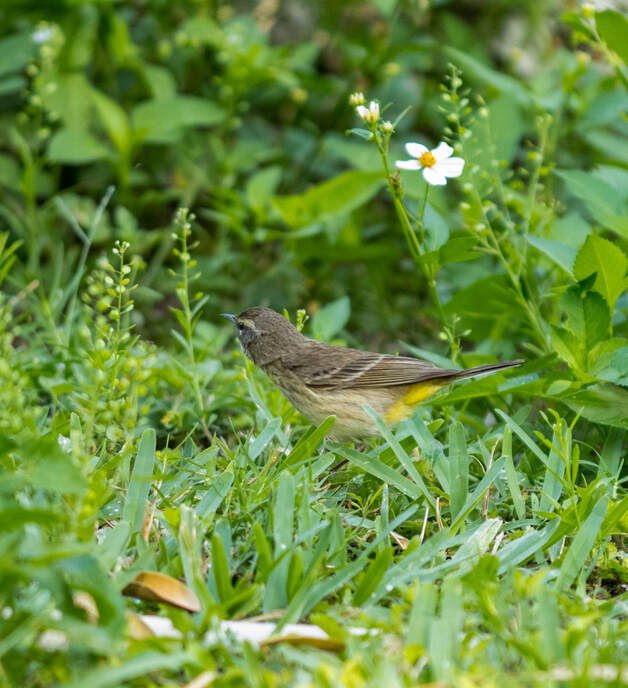
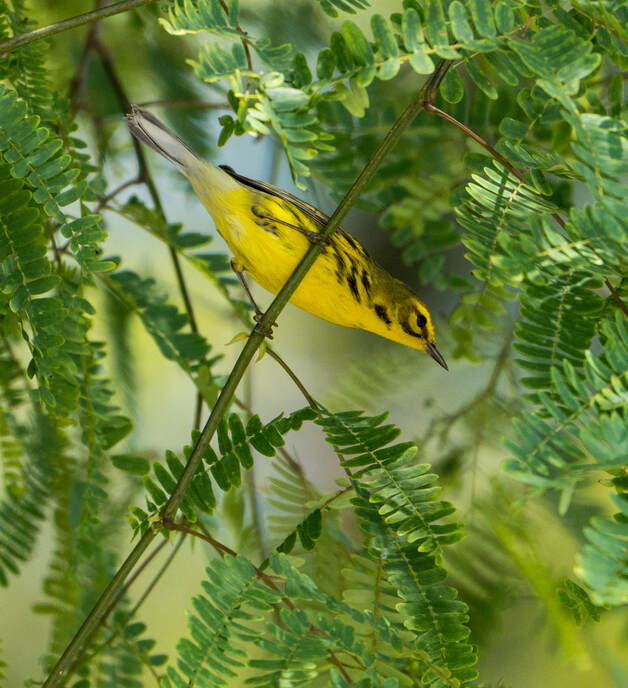
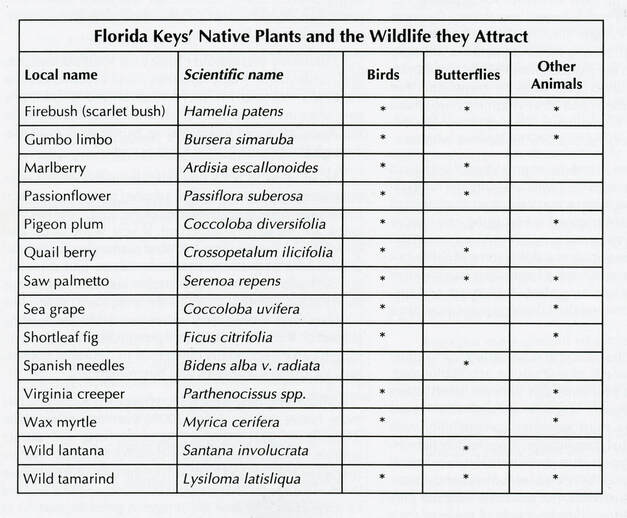
 RSS Feed
RSS Feed
